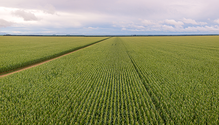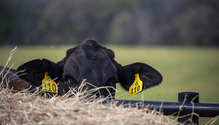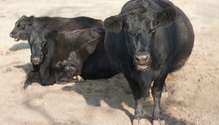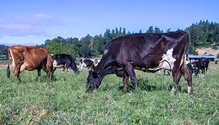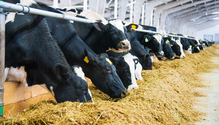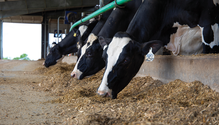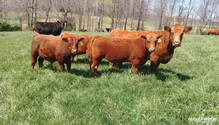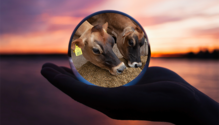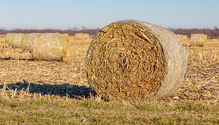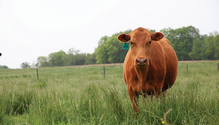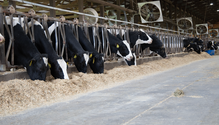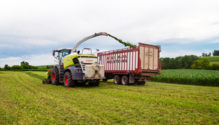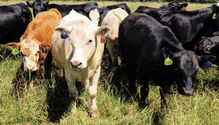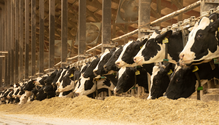Close
Earlier this year, our research team had the opportunity to attend the International Silage Conference in Gainesville, Fla. This conference has provided an amazing forum for networking and exchanging breakthrough
For many cow–calf operations, especially in regions where rangeland is the primary feed source, native forages supply much of the herd’s diet
Ten Mile Grade Dairy started baling dry hay and making baleage in 2024 — two jobs that had been hired out until then. Hayfields are seeded to limpograss, which was established after taking a sod
Whenever hay prices are put under the microscope, it’s important to acknowledge the interacting factors that influence the cost. For one, hay prices are largely regional and driven by local weather
As the end of the growing season is on the horizon and there is less forage regrowth, grazing hayfields, rather than harvesting a final cutting, is a cost-effective strategy where feasible
One of the best ways to quickly orient someone to a lactation dairy ration is to compare it to the diets of a mama cow grazing native pasture and a feedlot steer. These are the two extremes
“Go big or go home” wasn’t the motivation for Mark Van Dam when he established Rising Sun Dairy. Quite the opposite, as the self-proclaimed “micro-dairy” was designed for
Due to the emphasis on rising milkfat percent, total milkfat production, and the value of milkfat, many dairy producers are looking for ways to capture better feed margins and greater production efficiency
Soil test is a good tool, but it only tells part of the forage story
High-quality forages are the foundation of a productive and healthy dairy herd. However, the way feed is managed from the field to the cow is crucial for maximizing a producer’s investment in forages
Tall fescue has become entrenched across the middle part of the eastern U.S., creating a region called the Tall Fescue Belt
Alfalfa hay has long been a premier forage for dairy cattle
Earlier this month, I was asked to speak on the future of forage in the dairy ration. Futuristic talks are both good and bad. On the one hand, it’s difficult to know what will happen before it happe
“The turkey’s on fire!”That was how I was greeted at my parents’ house on Thanksgiving minutes before the rest of our family was supposed to arrive. No, the bird in the oven was
Effective animal management is essential for maintaining healthy pastures and maximizing forage production
Forages are a key part of dairy diets with implications for dairy farm productivity and sustainability
Wabasha, Minn., may ring a bell as the setting of the 1993 comedy film “Grumpy Old Men.”
It is common to hear from university faculty that stocker cattle and Kentucky 31 tall fescue are a bad combination due to the forage’s fungal endophyte and its impacts on animal performance
The University of Wisconsin’s Randy Shaver and his colleagues developed the MILK2006 model nearly 20 years ago
Smaller margins due to higher feed costs and lower milk prices have been forcing dairy managers to find opportunities to reduce expenses
..
Visit our partner publications:
Hoard's Dairyman | Journal of Nutrient Management
